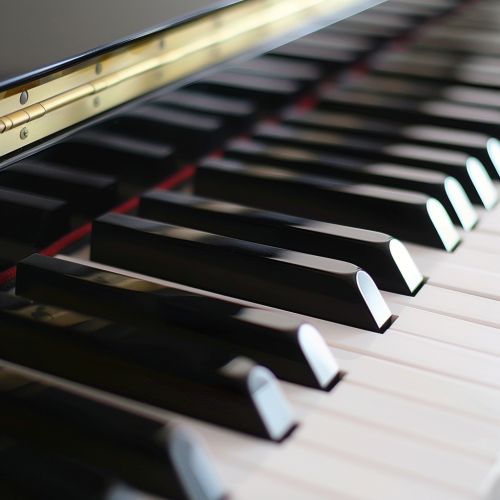Progression (music)
Introduction
Progression in music refers to the movement of musical notes or chords from one to another. This movement or progression is the basis of harmony in music. It is the systematic and logical arrangement of chords and notes that gives a piece of music its distinct sound and character.
Understanding Progression
A musical progression is a series of chords or notes that are played in a sequence. Each chord or note in the sequence is referred to as a degree. The first degree is the root or the key of the progression. The other degrees are based on this root.
In music theory, progressions are usually written in Roman numerals. This is because the progression is often independent of the key. For example, a progression might be written as I-IV-V, which means the first, fourth, and fifth degrees of the scale are played in that order.
Progressions can be simple or complex, depending on the number of degrees and the relationship between them. Simple progressions often use only two or three degrees, while complex progressions can use all seven degrees of the scale.


Types of Progressions
There are several types of progressions in music, each with its own unique sound and character. The most common types include:
Diatonic Progressions
Diatonic progressions are based on the seven degrees of the diatonic scale. These progressions are the most common in Western music and are often used in pop, rock, and classical music.
Chromatic Progressions
Chromatic progressions use all twelve degrees of the chromatic scale. These progressions are more complex and are often used in jazz and modern classical music.
Modal Progressions
Modal progressions are based on the modes of the diatonic scale. These progressions are often used in folk and world music.
Blues Progressions
Blues progressions are based on the blues scale. These progressions are often used in blues and rock music.
Progression and Harmony
The progression of chords and notes is what creates harmony in music. Harmony is the vertical aspect of music, the sound created when multiple notes are played at the same time.
A progression creates a sense of movement in the music. It gives the music direction and helps to tell a story. The progression can create tension and release, which is a fundamental aspect of musical expression.
Progression and Melody
While harmony is the vertical aspect of music, melody is the horizontal aspect. It is the sequence of notes that we hear as a single entity.
The progression of chords and notes also plays a crucial role in the creation of melody. The melody often follows the progression, with each note of the melody corresponding to a degree of the progression.
Conclusion
Progression is a fundamental aspect of music. It is the basis of harmony and melody, and it gives music its distinct sound and character. Understanding progression can enhance one's appreciation of music and can also be a valuable tool for musicians and composers.
